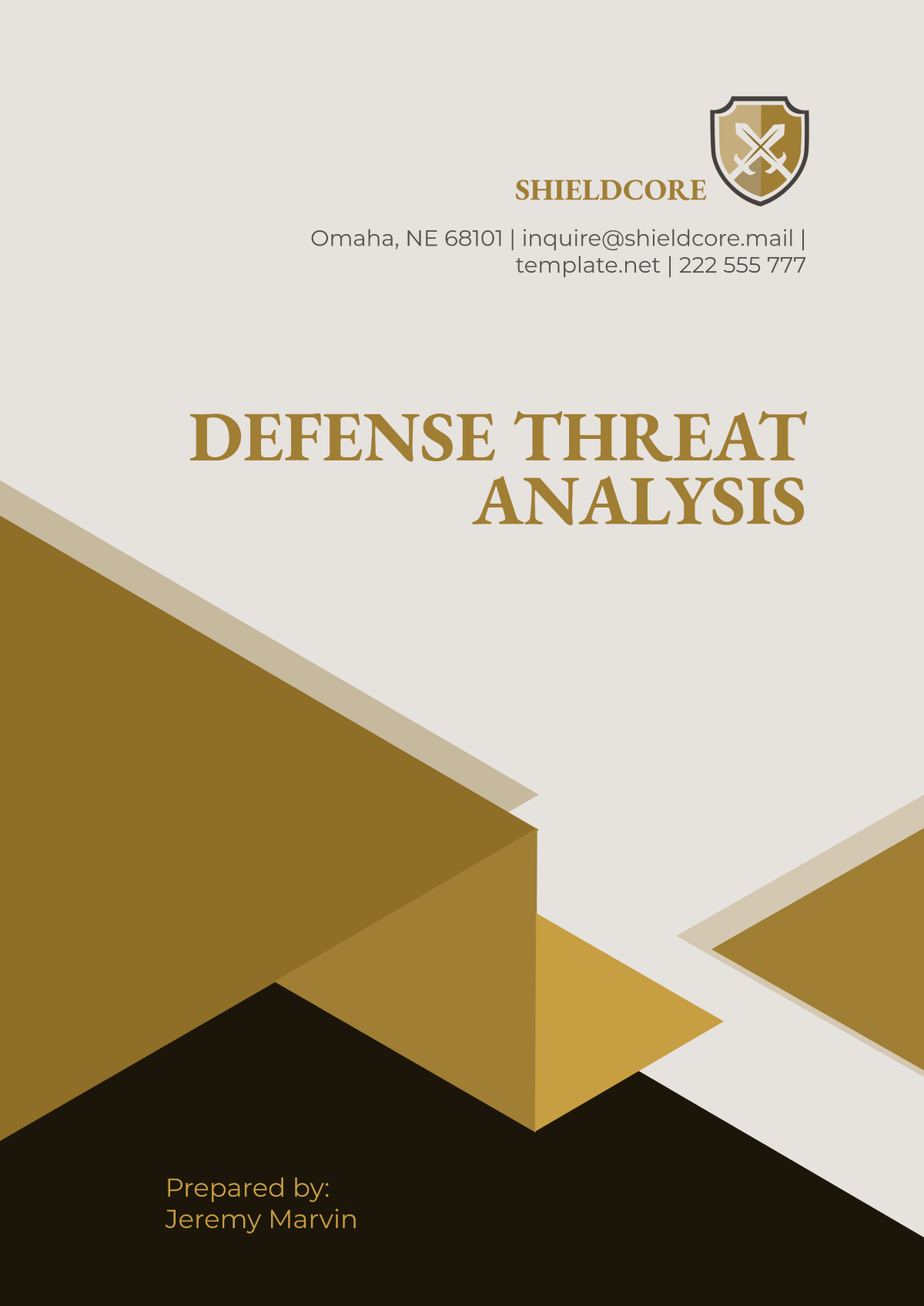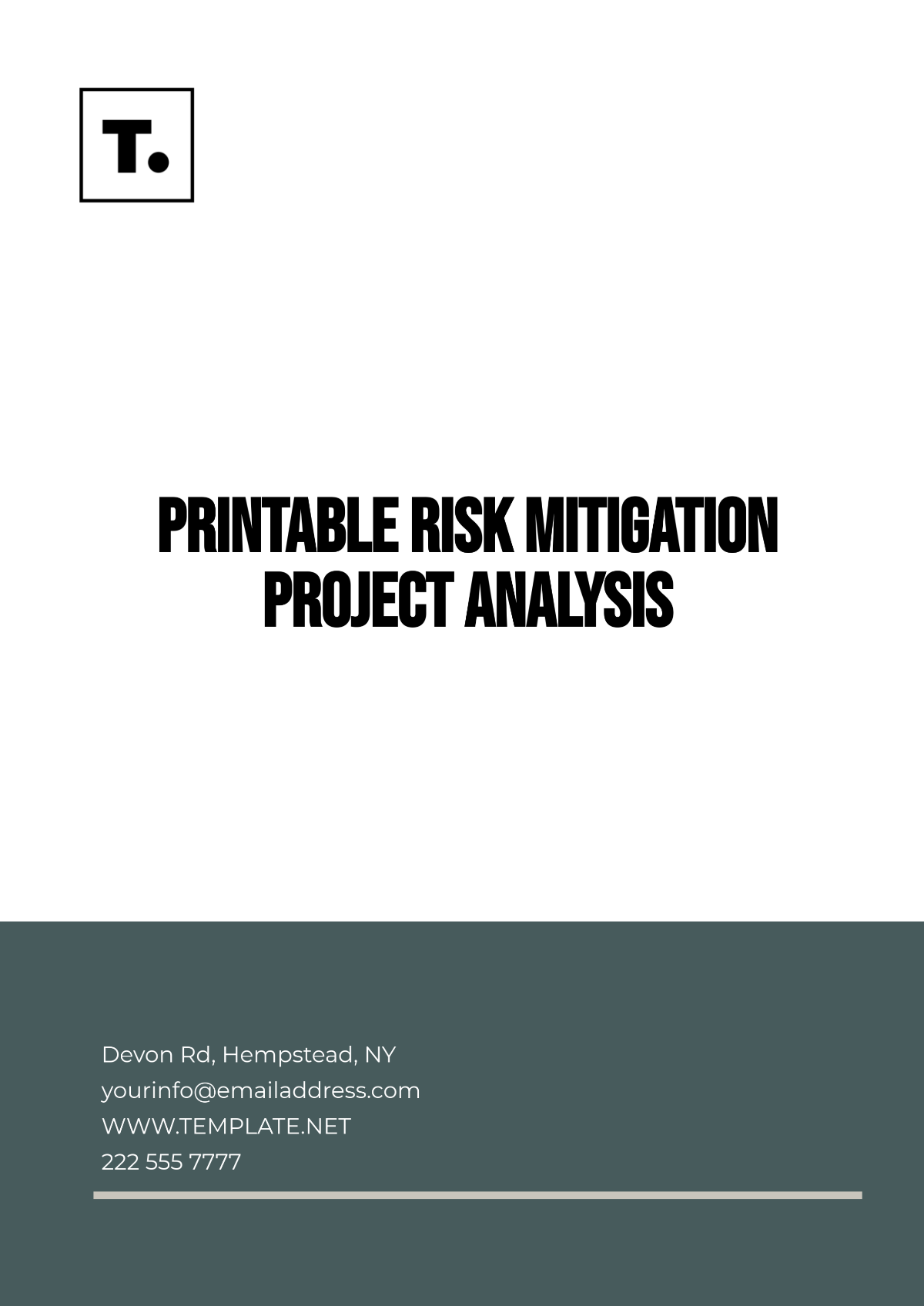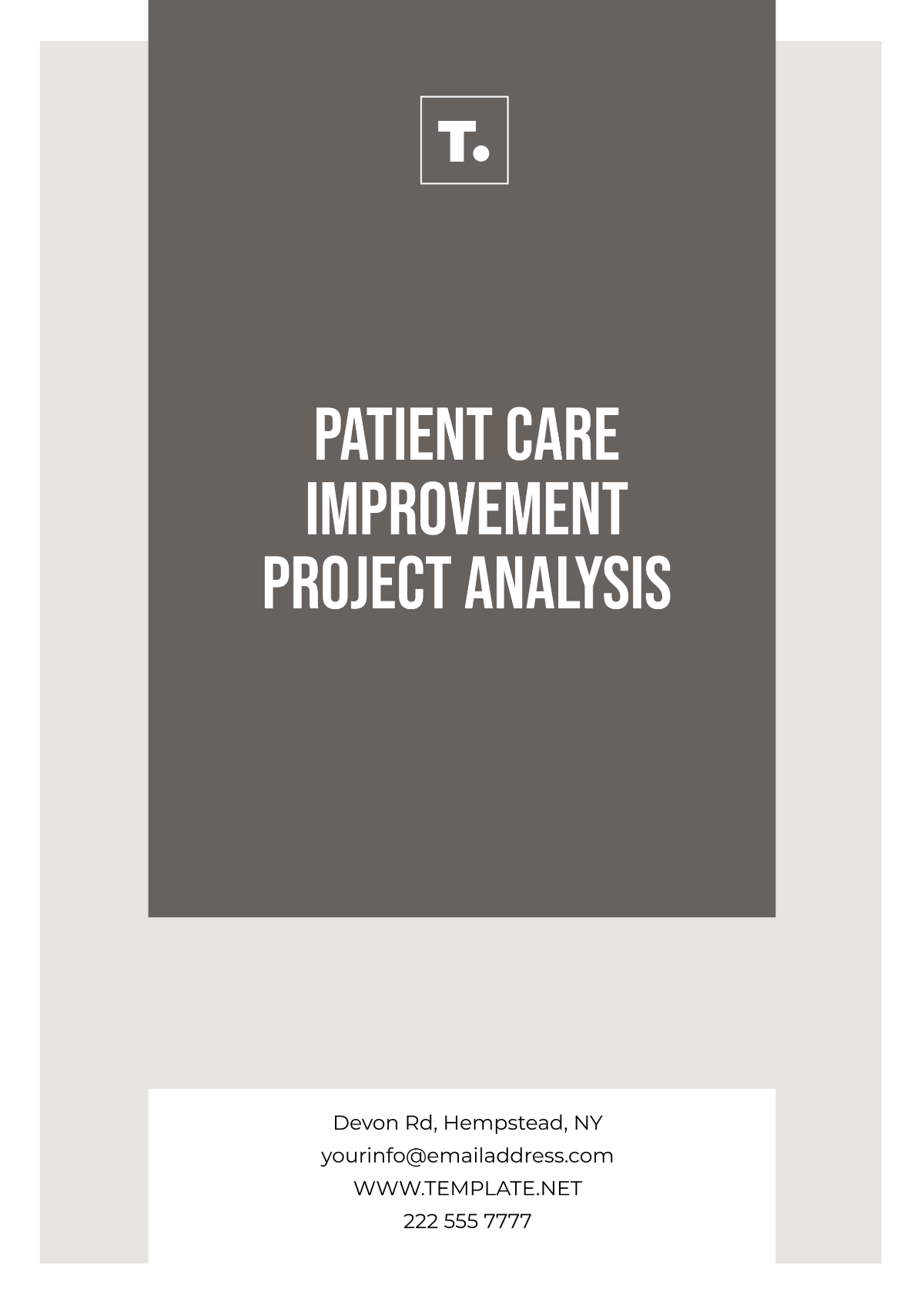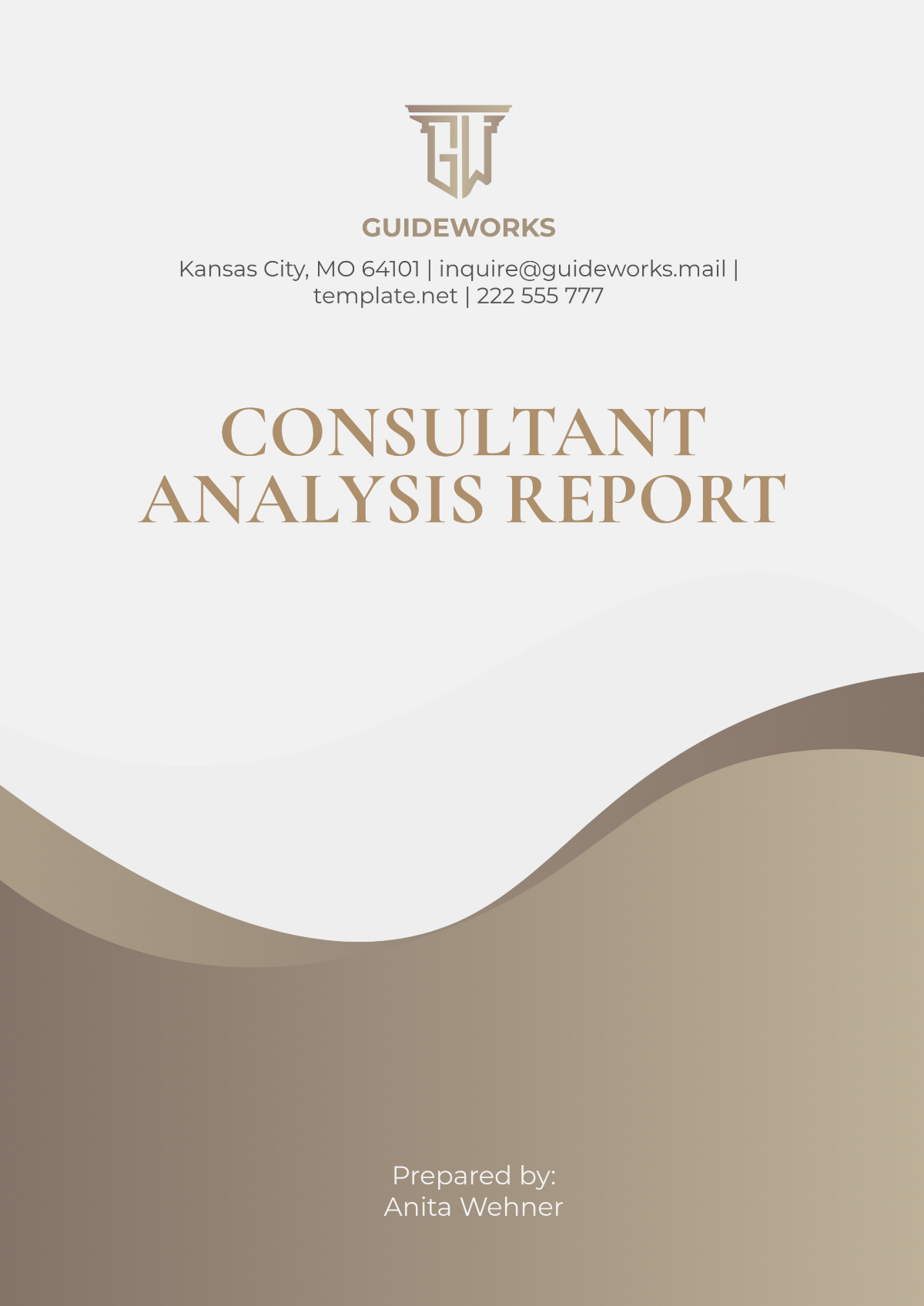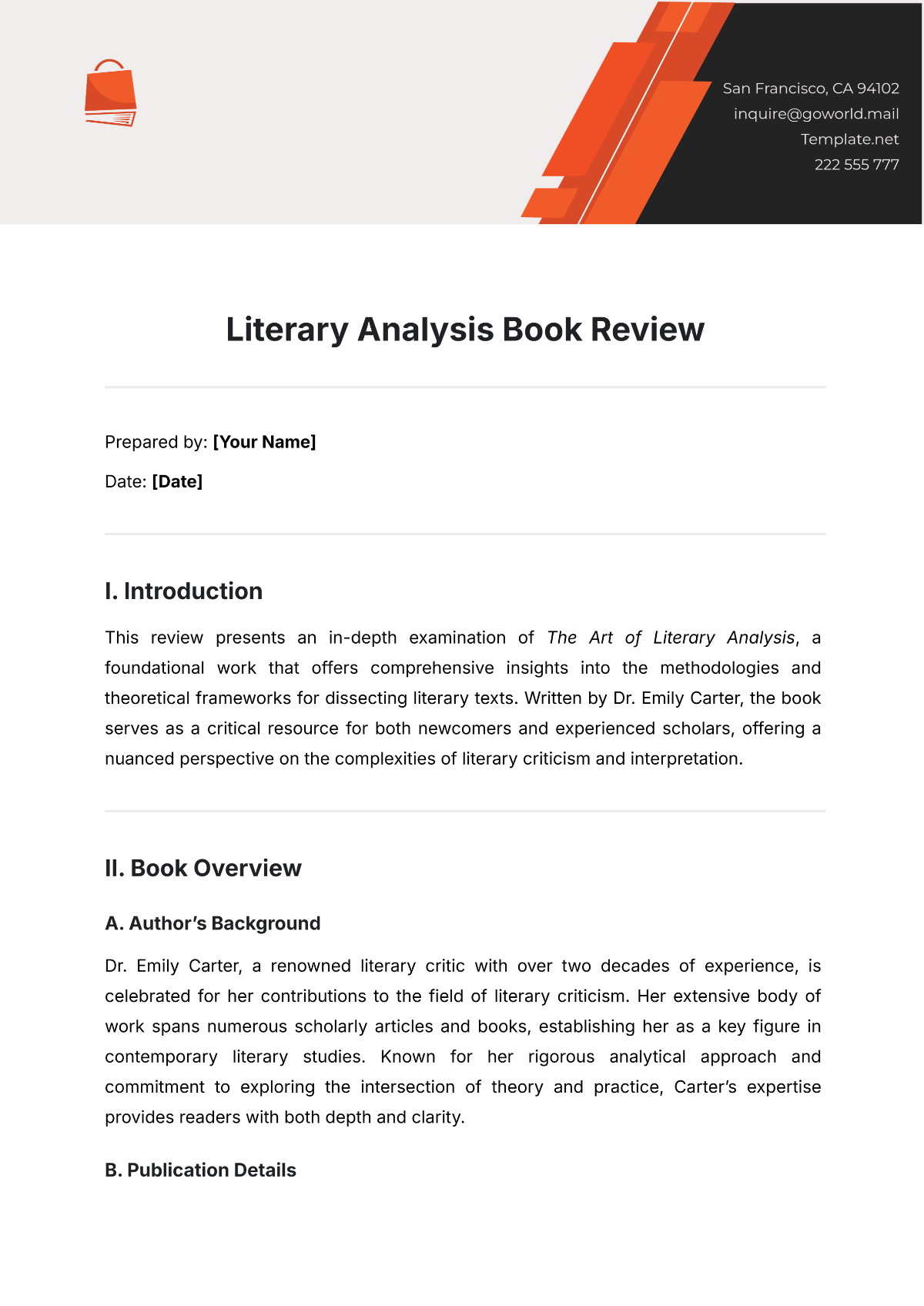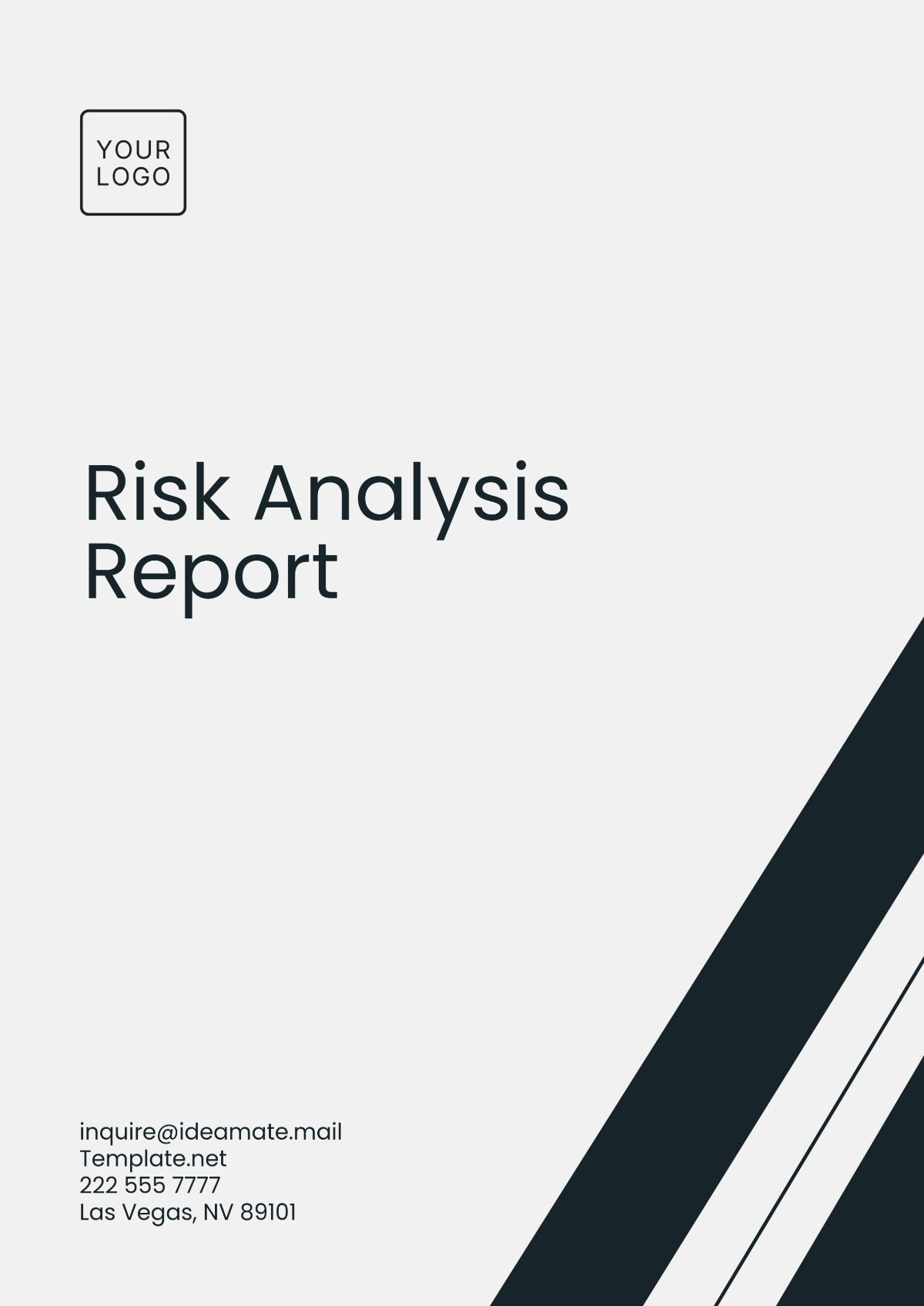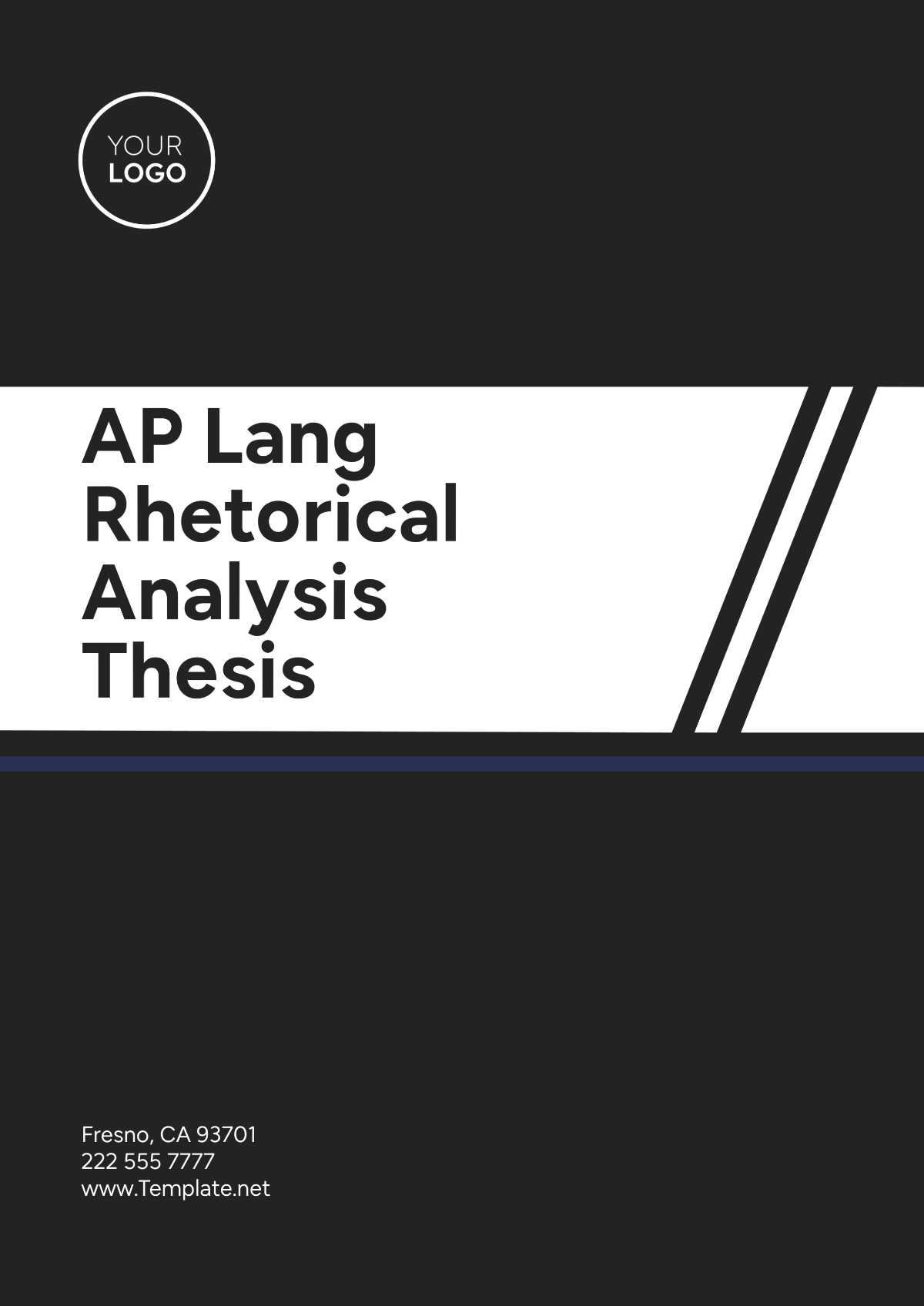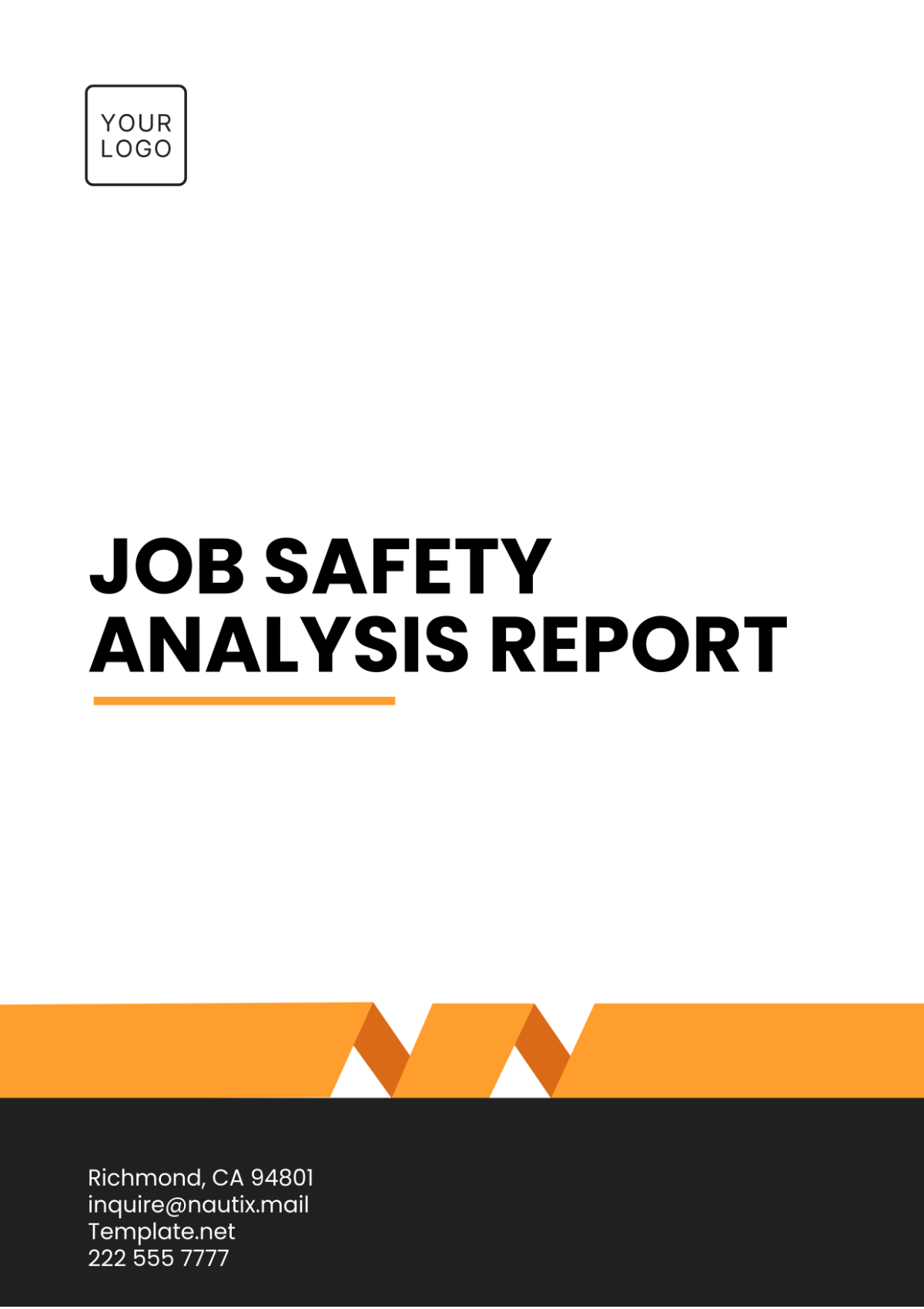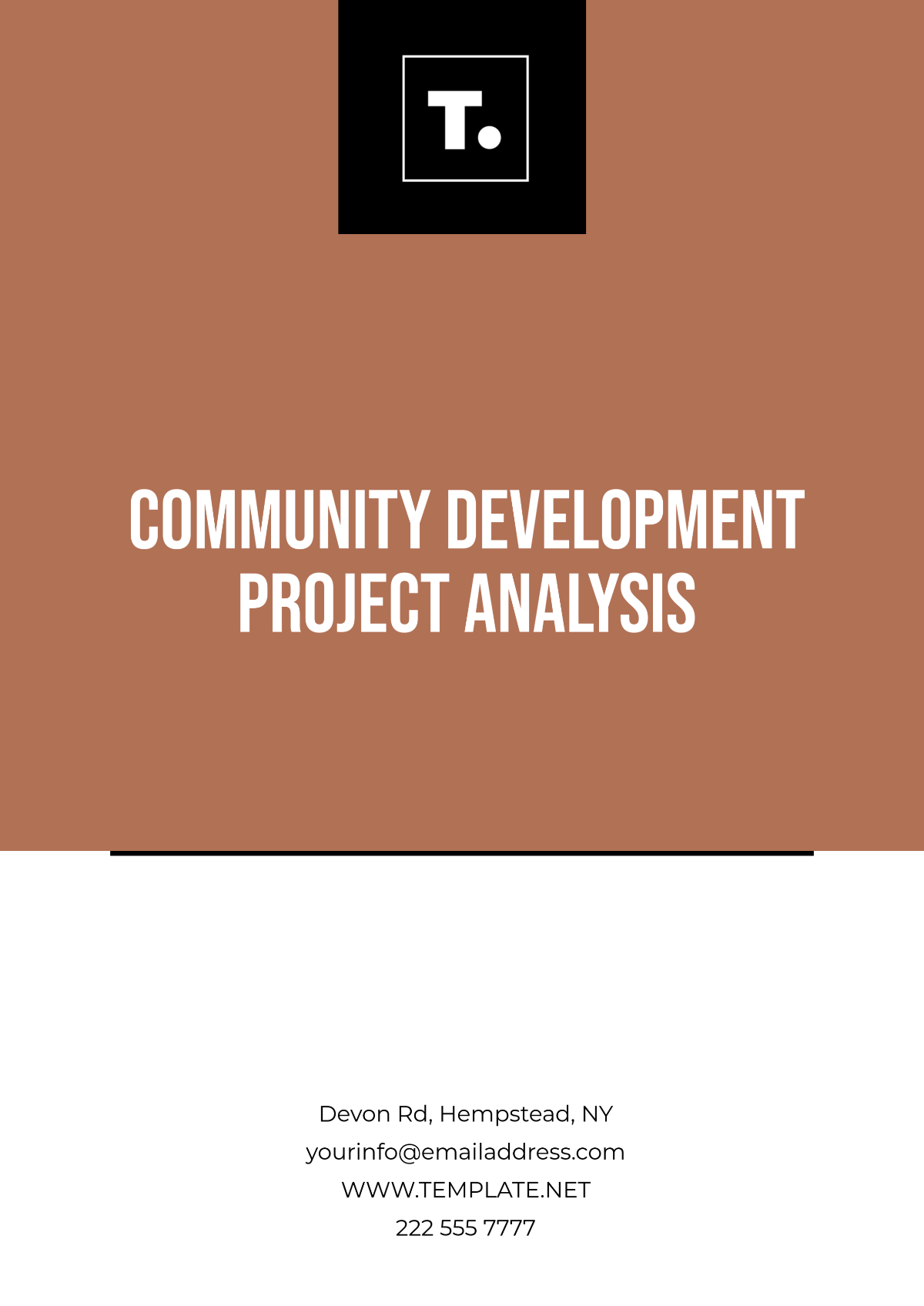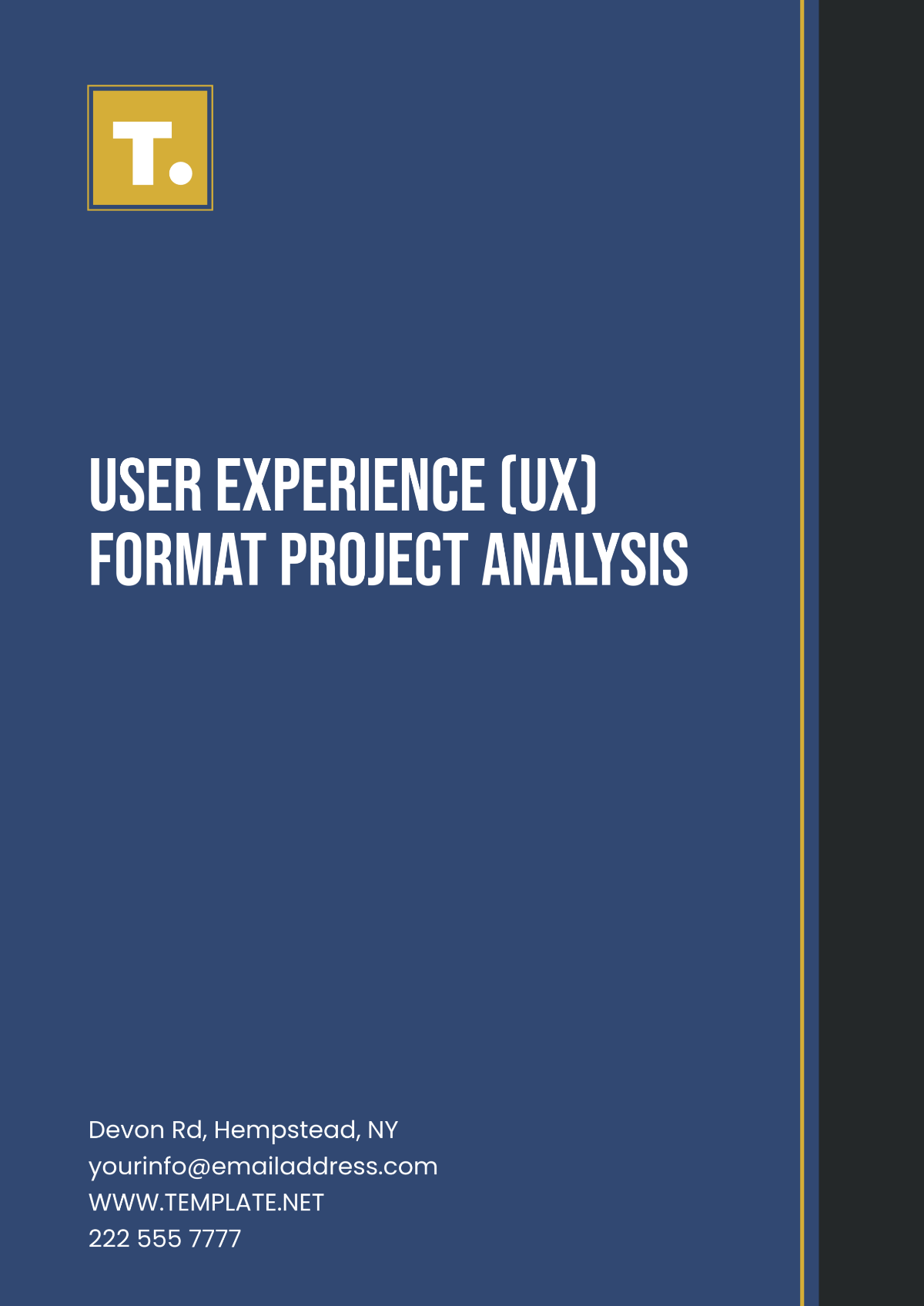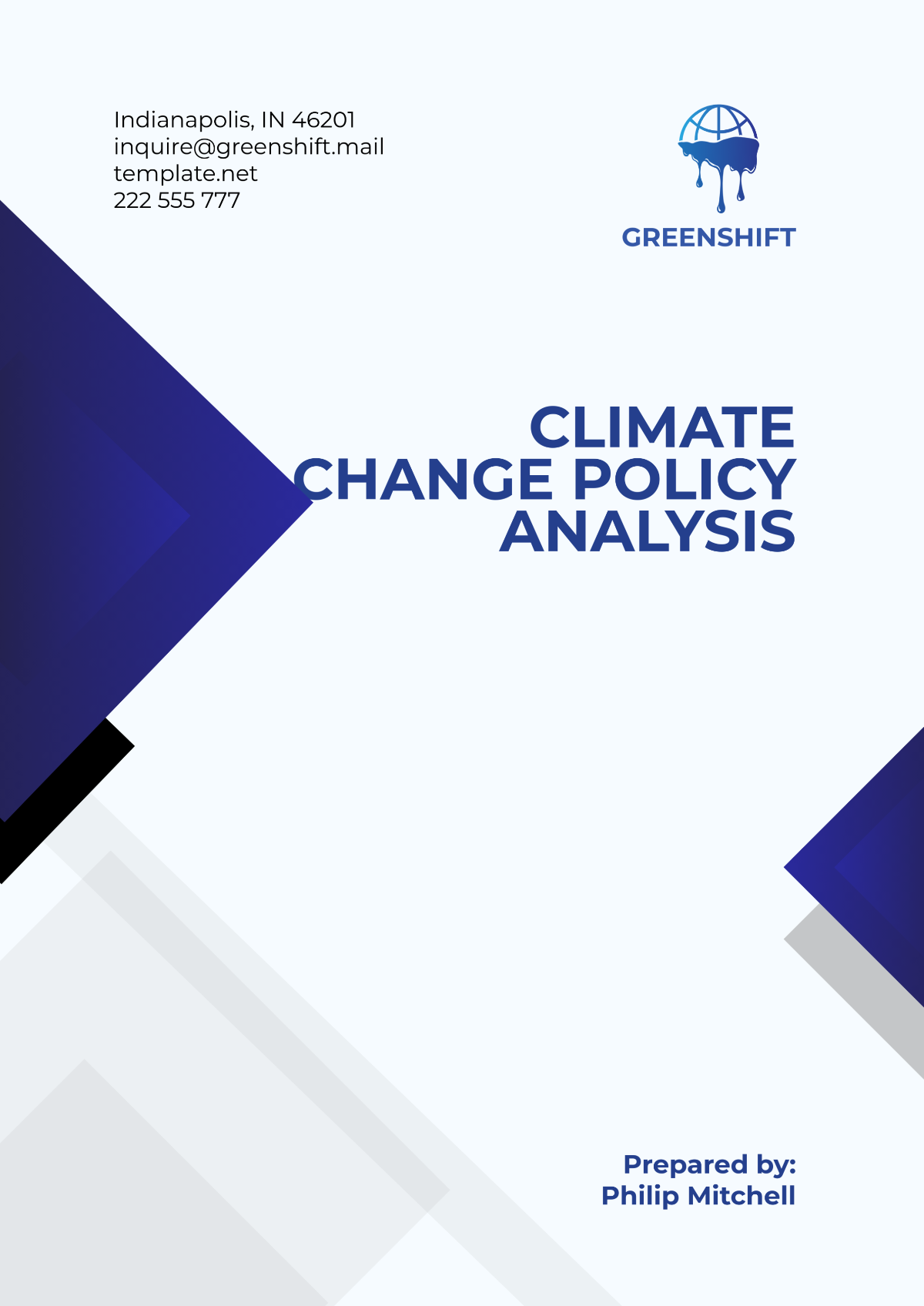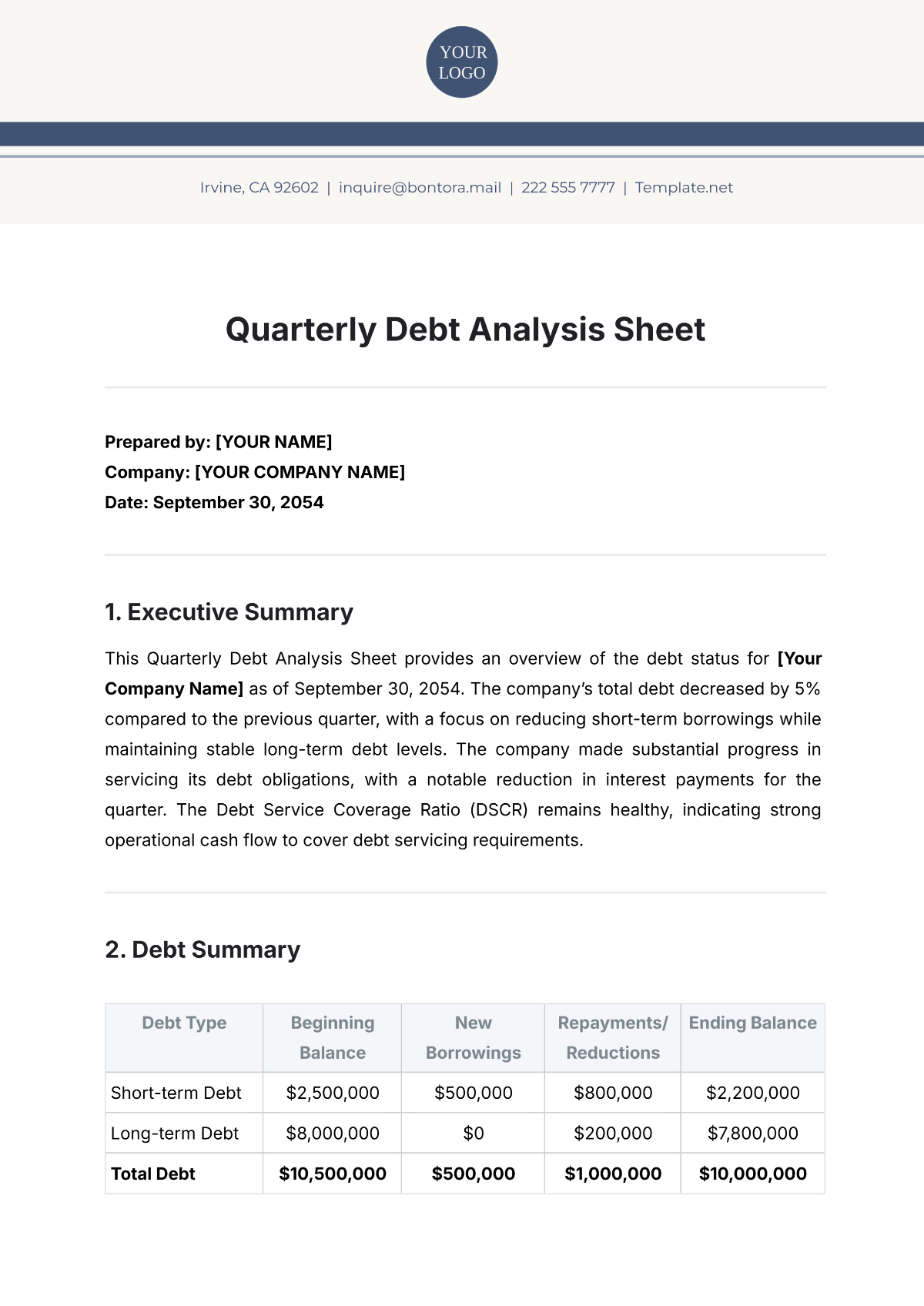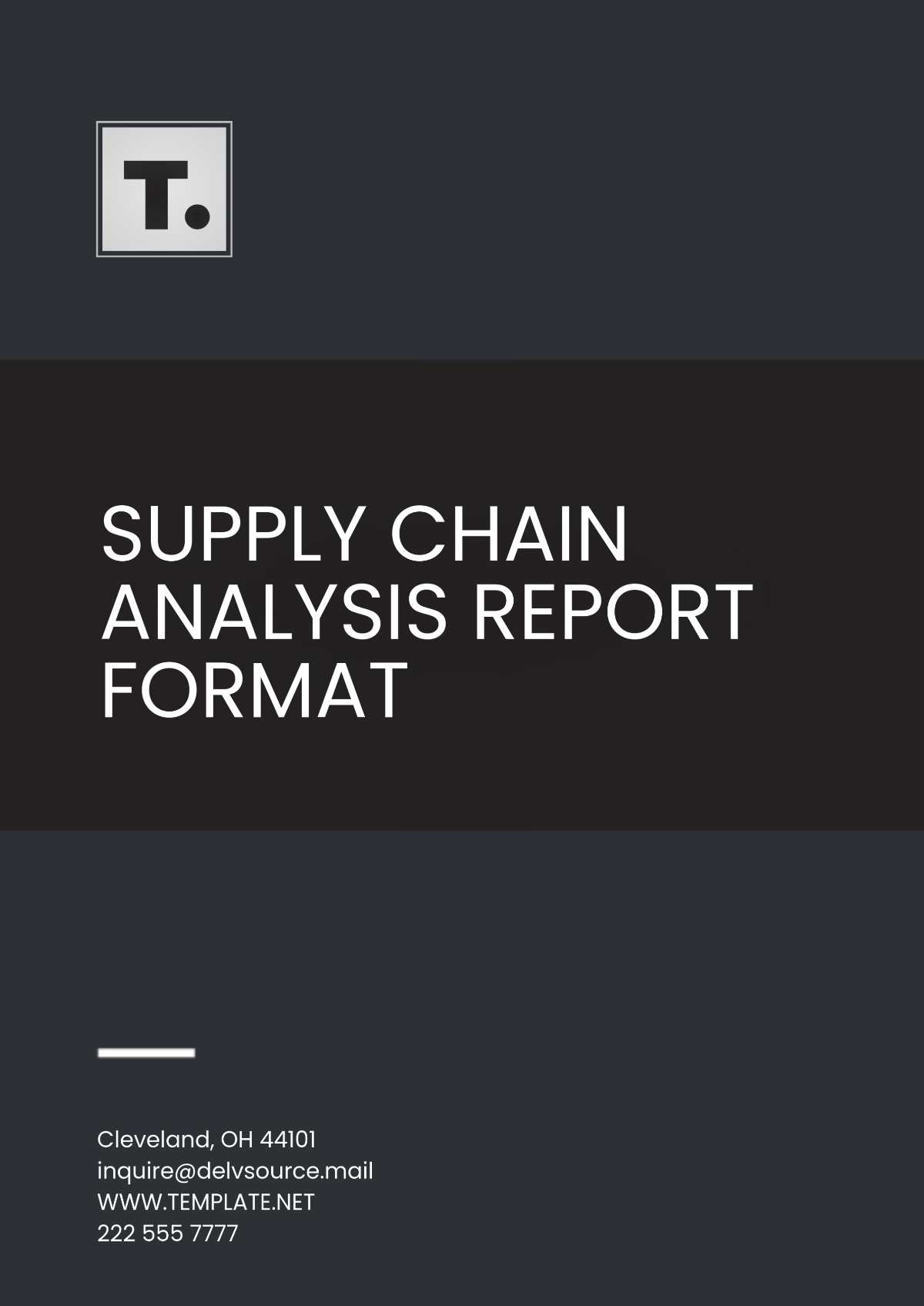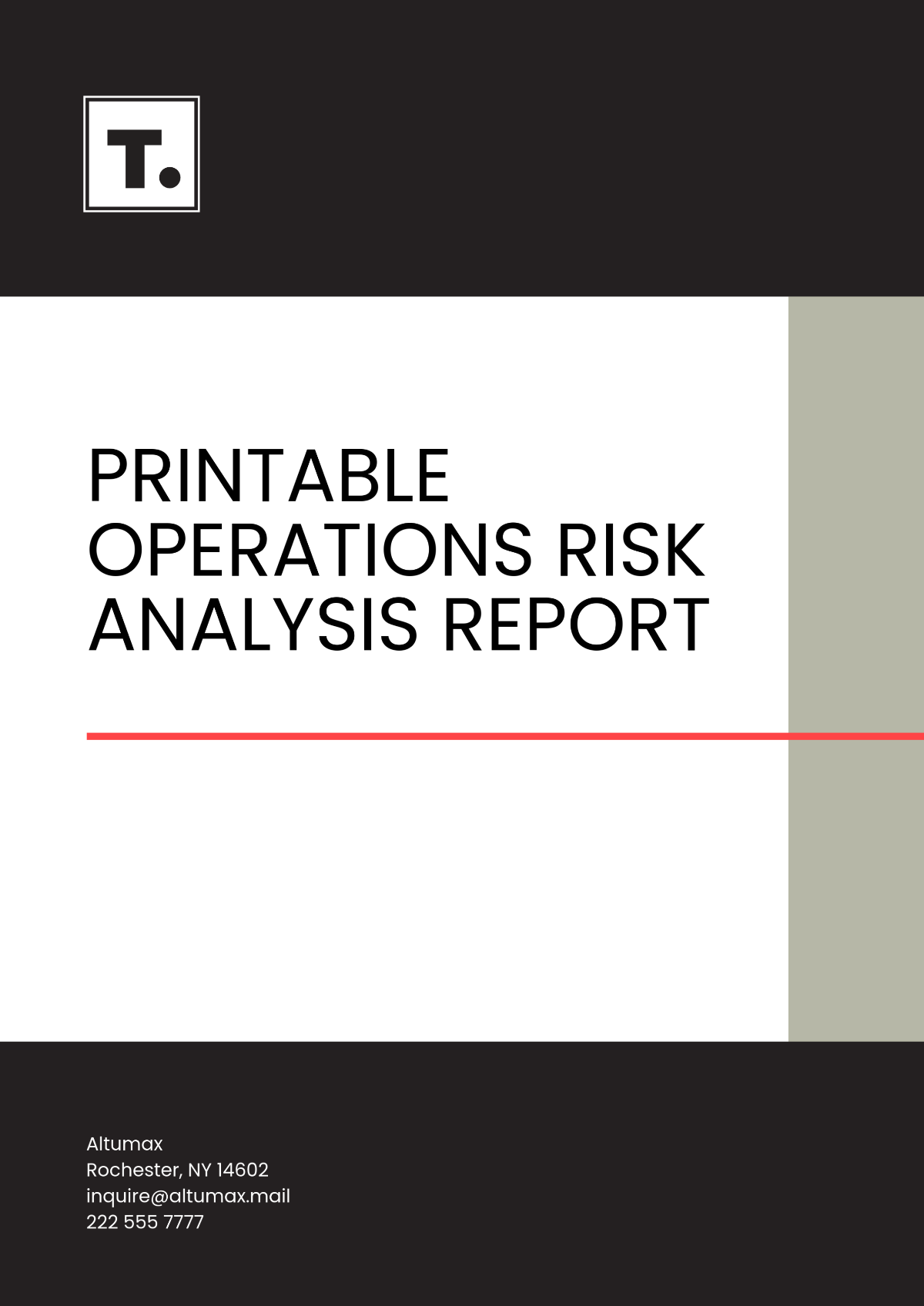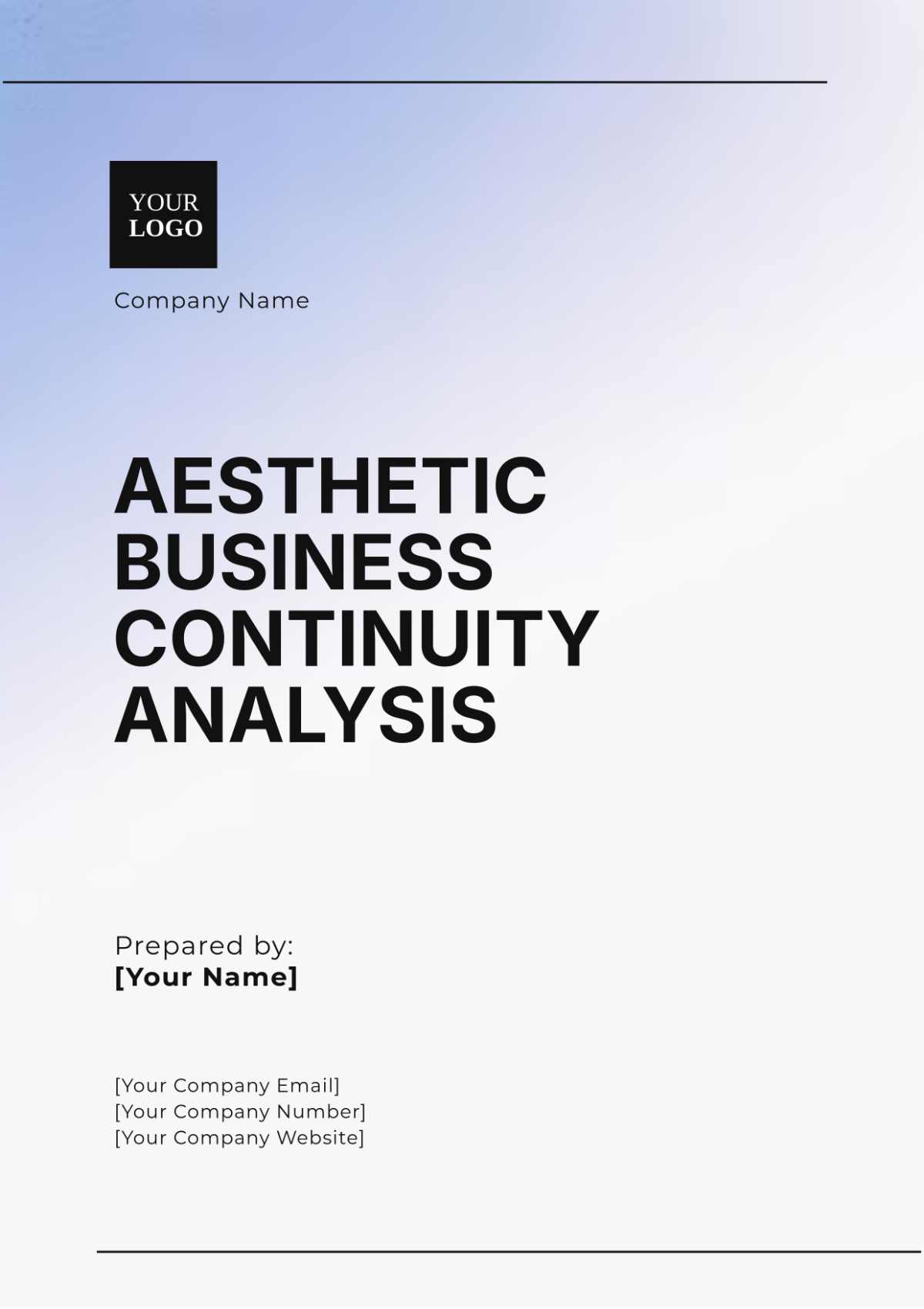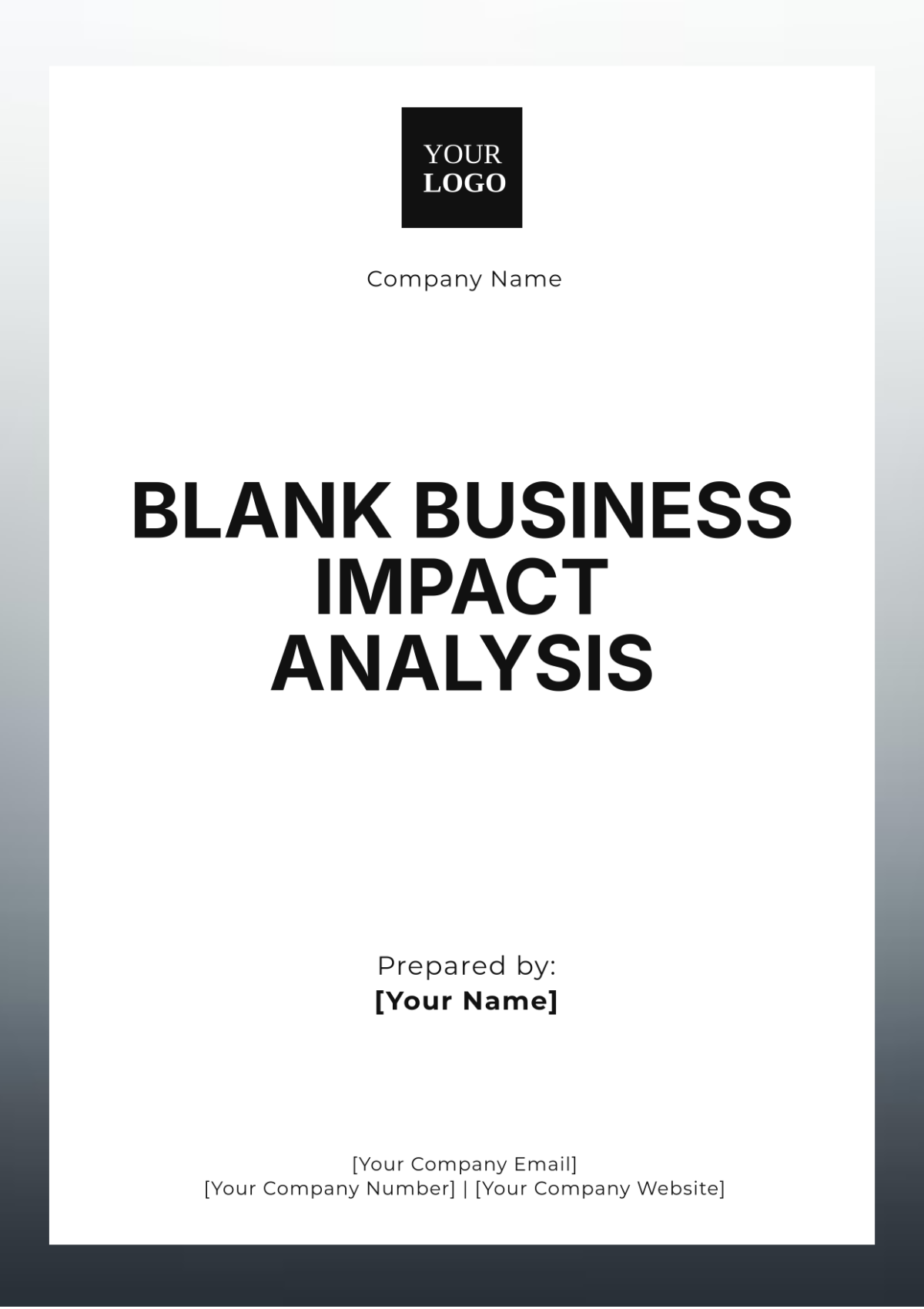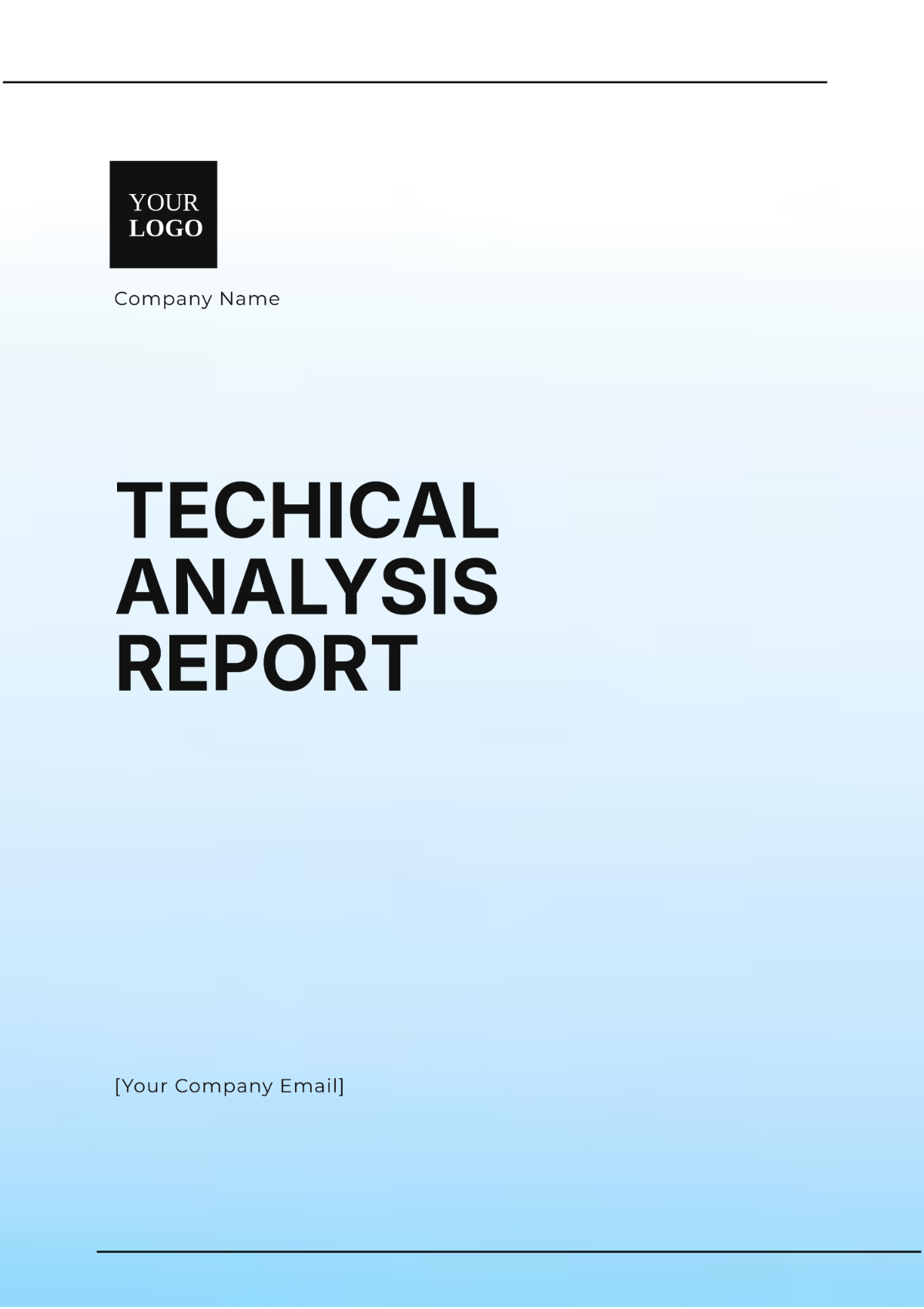Comprehensive Emergency Response Analysis
I. Executive Summary
A. Introduction
The analysis aims to assess and enhance the overall emergency preparedness and response capabilities within [Your Company Name]. Key findings and recommendations are summarized below.
B. Key Findings
1. Hazard Assessment
A review of potential hazards, including natural disasters, technological risks, and human-made threats, has been conducted. Probability and impact assessments have been documented, identifying high-priority risks.
2. Resource Inventory
An inventory of available resources, including personnel, equipment, and facilities, has been compiled. Collaborative efforts with local, regional, and national agencies have been evaluated to strengthen resource sharing and coordination.
3. Training and Exercises
The analysis recognizes the importance of ongoing training programs for emergency responders. A review of past exercises has been conducted, highlighting areas of success and improvement opportunities.
4. Communication Strategies
An effective communication plan has been outlined to enhance information dissemination during emergencies. Strategies for collaboration with the media and ensuring timely public communication are addressed.
5. Community Engagement
Initiatives for community outreach and education have been assessed, emphasizing the importance of involving diverse community groups in emergency preparedness efforts.
II. Introduction and Background
A. Introduction
[Your Company Name] is a resilient and culturally diverse industrial hub located in [Your Company Address]. With a population of [500] residents and numerous businesses, our community thrives on commerce, innovation, and cultural richness. This analysis serves as a comprehensive assessment and improvement plan for enhancing emergency response capabilities within this dynamic environment.
B. Legal and Regulatory Context
A detailed review of the legal and regulatory framework governing emergency management in [Your Company Address] has been conducted. This includes an analysis of specific laws and regulations, ensuring alignment with national standards and guidelines. By adhering to these regulations, [Your Company Name] aims to enhance its resilience and ensure a coordinated response to potential emergencies.
III. Risk Assessment
A. Hazard Identification
1. Natural Hazards
Our community faces a range of natural hazards, including:
Severe Weather Events
Geological Hazards
Pandemics and Health Emergencies
Each hazard has been assessed for its likelihood of occurrence and potential impact on [Your Company Name]. This comprehensive analysis provides a foundation for targeted preparedness measures.
2. Technological and Human-Made Hazards
Our analysis includes an examination of technological and human-made hazards, such as:
Industrial Accidents
Cybersecurity Threats
Understanding the unique challenges posed by these hazards ensures a robust emergency response strategy.
B. Vulnerability Analysis
High-Risk Populations
Critical Infrastructure
Economic Assets
This analysis provides insight into areas requiring targeted mitigation efforts to enhance overall community resilience.
IV. Capability Assessment
A. Resource Inventory
1. Personnel
a. Emergency Responders: [20] trained and certified professionals, including firefighters, paramedics, and law enforcement personnel.
b. Healthcare Professionals: [10] medical professionals with expertise in emergency medicine, trauma care, and infectious diseases.
c. Volunteers: [10] community volunteers trained in basic first aid and emergency response.
2. Equipment:
a. Emergency Response Vehicles:
[20] ambulances equipped with advanced life support systems.
[20] fire trucks with specialized rescue equipment.
[10] mobile command units for incident coordination.
b. Medical Supplies:
Stockpile of essential medical supplies, including medications, bandages, and personal protective equipment.
3. Facilities
a. Emergency Shelters:
[10] designated emergency shelters strategically located throughout the community.
Capacity to accommodate [700] residents collectively.
b. Medical Facilities:
[10] hospitals equipped with emergency rooms and intensive care units.
[10] urgent care centers distributed across the community.
4. Collaboration with Agencies
a. Local Collaboration:
Regular meetings and joint exercises with neighboring jurisdictions to facilitate resource sharing during emergencies.
b. Regional and National Partnerships:
Agreements with regional and national agencies for mutual aid and additional resource deployment when needed.
B. Training and Exercises
1. Regular Training Sessions
a. Monthly drills covering various emergency scenarios, including natural disasters, industrial accidents, and health emergencies.
b. Specialized training for specific response teams, such as hazmat and search and rescue.
2. Scenario-Based Exercises:
a. Biannual large-scale exercises involving multiple agencies to simulate coordinated response efforts.
b. After-action reviews conducted to identify areas for improvement.
3. Interagency Collaboration:
a. Joint training sessions with local law enforcement, medical professionals, and fire departments to enhance collaboration and communication.
V. Emergency Response Plans and Procedures
A. Review of Existing Plans
1. Evacuation Plans:
a. Detailed evacuation routes with designated assembly points.
b. Procedures for assisting vulnerable populations during evacuations.
2. Incident Command Structure:
a. Clearly defined roles and responsibilities for incident commanders, operations, logistics, and communications.
3. Resource Allocation:
a. Protocols for requesting and deploying resources, including personnel and equipment.
b. Inventory management system for tracking resource availability.
B. Plan Integration
1. Public Health Plans:
a. Collaboration with the health department to integrate response plans for pandemics and other health emergencies.
b. Joint training sessions for healthcare professionals and emergency responders.
2. Continuity of Operations Plans:
a. Identification of essential services and key personnel to ensure continuity during emergencies.
b. Backup systems and remote work capabilities for critical functions.
VI. Communication Strategies
A. Communication Plan
1. Emergency Alert Systems:
a. Utilization of text messages, sirens, and social media for emergency alerts. Regular testing of alert systems to ensure effectiveness.
2. Media Relations:
a. Designated spokespersons for clear and consistent communication with the media.
b. Press conferences and briefings during emergencies to provide accurate information.
3. Public Information Campaigns:
a. Ongoing public education campaigns on emergency preparedness.
b. Distribution of informational materials, including brochures and online resources.
VII. Community Engagement
A. Community Outreach and Education
1. Community Workshops:
a. Frequency: Bi-monthly community workshops held at local community centers.
b. Topics Covered:
Basic first aid and CPR training.
Emergency preparedness for families and individuals.
Understanding evacuation procedures.
2. Emergency Preparedness Campaigns:
a. Public Awareness Initiatives:
Annual emergency preparedness campaigns during National Preparedness Month.
Distribution of informational pamphlets and posters in collaboration with local businesses.
3. Collaboration with Community Leaders:
a. Engagement with Local Influencers:
Partnerships with community leaders, including religious leaders, business owners, and educators, to disseminate information.
Inclusion of diverse voices in preparedness messaging to ensure cultural relevance.
VIII. Technology and Information Systems
A. Technology Infrastructure
1. Emergency Notification Systems:
a. Integration with a multi-channel emergency notification system, including text messages, emails, and automated phone calls.
b. Regular testing and updates to ensure the reliability of the notification system.
2. Data Security Measures:
a. Implementation of robust cybersecurity measures to protect sensitive information.
b. Regular audits and updates to address emerging threats.
3. GIS Mapping:
a. Utilization of GIS mapping for visualizing and analyzing geographic data related to potential hazards and vulnerable areas.
b. Collaboration with GIS experts to continuously update and enhance mapping capabilities.
IX. Review and Improvement
A. Post-Incident Analysis
1. Response Effectiveness:
a. Swift deployment of emergency responders to affected areas.
b. Efficient evacuation procedures implemented, minimizing casualties.
2. Logistical Challenges:
a. Limited accessibility due to flooded roads, highlighting the need for amphibious rescue capabilities.
b. Coordination challenges with volunteer organizations, prompting the development of clearer collaboration protocols.
3. Community Feedback:
a. Positive response to timely and accurate communication through emergency alerts.
b. Suggestions for enhanced public information campaigns, emphasizing flood preparedness.
B. Continuous Improvement:
1. Regular Plan Updates:
a. Frequency:
Annual review of the analysis with updates as needed.
b. Review Process:
Collaborative efforts involving emergency management personnel, local agencies, and community stakeholders.
Incorporation of lessons learned from recent incidents and exercises.
2. Feedback Mechanisms:
a. Stakeholder Engagement:
Regular forums and town hall meetings for community input on emergency response efforts.
Online portals and surveys for anonymous feedback from residents and businesses.
b. After-Action Reviews:
Formal after-action reviews conducted following every significant incident or emergency exercise.
Recommendations and improvement opportunities documented for future reference.
3. Training and Exercise Schedule:
a. Frequency of Training:
Bi-monthly training sessions for emergency responders to reinforce key skills.
Annual full-scale exercises involving multiple agencies and community participation.
b. Scenario Diversity:
Regularly updated training scenarios to cover a wide range of potential hazards and emergencies.
Specialized training for emerging threats identified through risk assessments.
